
Time to time I feel an irresistible urge to publish an updated version of what I think the future will look like based on the state of the world economy, our net energy situation and geopolitics. (If you haven’t done so please read my last article, in which I explain the systemic nature of our net energy predicament, and the mechanism through which energy production from all sources might unravel in a matter of decades.) Although I would love to see a future where people live in peace, abundance and health, knowing how our entire civilized / high tech existence depends on rapidly depleting reserves of cheap fossil fuels and minerals, a cascading collapse seems ever more likely. What follows is a worst case scenario, explaining how our global civilization could end up in ruins in a couple of decades time, should oil depletion go as fast and as unmitigated as my previous article would suggest. While I believe we most likely face a “catabolic collapse” — using John Micheal Greer’s terminology — we must not rule out an accelerating, compounding collapse either. With that said, I’m no oracle in possession of a crystal ball and I might’ve very well missed a crucial point or two in my analysis.
Warning, what follows is hard-hitting, heavy and in some cases rather gloomy stuff. If you think the world is already a shitty place and we are all doomed, you need not to read any longer. However, if you are willing to let the notion of eternal progress go, and inclined to take a look at our predicament as a future historian would do, read on.
2025–2030
Thanks to the combined effect of oil and mineral depletion, global net energy output reaches its maximum around 2025, and after a brief plateau it slowly starts to decline. This process is subtle at first, so much so, that most pundits think our worsening economic malaise in the West is entirely due to (geo)political reasons. And there are plenty of such reasons to think of: accelerating de-dollarization (nations increasingly trading with each other using anything but the dollar), increasing tensions and an escalating tariff-war with China — just to mention a few.
Swelling military budgets, on the other hand — while certainly contributing to a minor increase in industrial output — effectively produce nothing but non-productive assets. Tanks sitting in a warehouse cost a lot of money to make and store, but ultimately create nothing of economic value; only cause death and destruction when used. Compared to a similar amount invested in building a bridge, for example — bringing about economic prosperity by fostering trade — military spending, from a purely economic standpoint, is like throwing money out the window.
Endless wars put a strain on — and eventually bankrupt — economies, while peaceful trade helps them grow… At least while resources last.
Towards the second half of this decade, and as the rest of humanity continues to turn away from the West and seek an alternative in BRICS+, old institutions such as the World Bank and IMF slowly lose their grip on the world economy. The loss of trade privileges and debt leverage over resource rich developing countries, on the other hand, deals a series of devastating blows to OECD countries. Importing raw materials and semi-finished goods are increasingly getting more expensive; even as competition from emerging economies take market share away from Western companies. Is it any wonder that large corporations demand more tariffs, embargoes, sanctions and wars?
Facing a dire prospect of a popular uprising, as prosperity in these formerly rich countries melt like a snowball in the sun, their elites turn increasingly towards authoritarian measures to keep their power from crumbling. Think: limiting free speech and the freedom of gathering further still, and rolling out an ever harsher surveillance apparatus hunting for dissident voices — especially when it comes to war. All this, of course in the name of fending off “foreign threats” (alleged cyber attacks, political interference), preventing violence, or stopping “disinformation” from spreading.
“Despite” all the efforts though, the “first” world is now permanently stuck in crisis mode. There are simply not enough resources to allow all national economies to grow at once. While some wage wars through proxies to retain their power and privileges in response (or even better, try to regime change their rivals in hopes of getting their resources on the cheap), others form alliances and prepare to defend their interests. This is the definitive end of the Colombian age, a time in which one cannot rule out a financial meltdown, nor a major escalation in the war in Europe or the Middle East; not to mention a direct military clash between the US and China — fought over who dominates world trade, resources and global affairs.
Should any of these unwinnable conflicts spin out of control, though, we would face the very real prospect of nuclear annihilation. In this case our story would end here, as both the biosphere and human civilization would suffer a blow from which there is no return for a hundred thousand years at least… If there is any chance at all for complex life to survive such an event and the following nuclear winter and the destruction of the ozone layer. What follows thus presumes that we somehow manage to avoid a large scale nuclear exchange, and continue with our ‘civilizational decline as usual’.
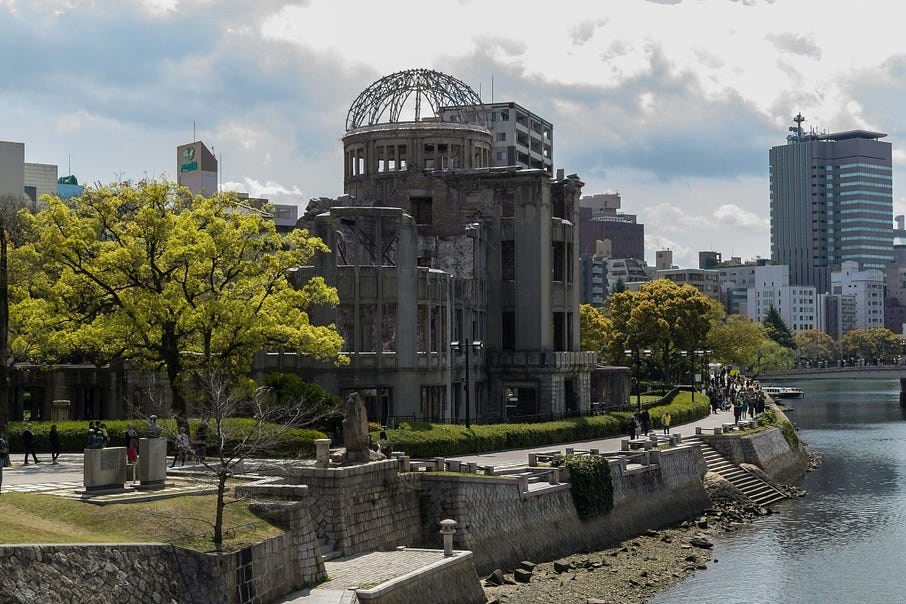
2030’s
Global energy decline accelerates and gains further momentum from the onset of an unstoppable fall in oil production. Europe has been hit the hardest, compared to where it was in terms of energy use a decade ago. Lacking energy to maintain even a semblance of business as usual when it comes to industry and growth, the real economy of tangible goods, imports and exports crashes, together with the Eurobond market. Despite record high interest rates investors flee the old continent in droves. At the same time global south countries give up on paying their debts in euros and dollars altogether, and switch to New Development Bank loans offered by the now rapidly expanding BRICS organization. The Euro implodes, de-dollarization accelerates even further, and by the middle of the decade the greenback loses its reserve currency status.
The splitting of the world economy is now complete with a rapidly declining West on one side, and the rest of the world struggling to decouple and stay afloat on the other.
Both the EU and the US are now grappling with the failure of their economies: a lack of energy, all kinds of shortages and a relentless decline in living standards. Civil unrest, demagogues seizing power, even an armed clash between rivaling parties are now in the cards. Eventually, both unions dissolve and become a quarreling group of their respective constituent states. Their currencies — built entirely on the privileged status of their issuers, allowing cheap imports and hefty profit margins — collapse completely, and new local means of settling trade emerge. Some states try to resurrect their old national legal tender, while others invent new ones. In both cases, though, imports fall through the floor; just like the value of their stocks and bonds did a few years prior. Some nations apply for BRICS membership in response, while others vie for power over the ruins of a once prosperous region. And while this might look impossible today, no one in the Soviet Union would have thought in the early 1980’s either that their entire block could fall into ruins ten years later.
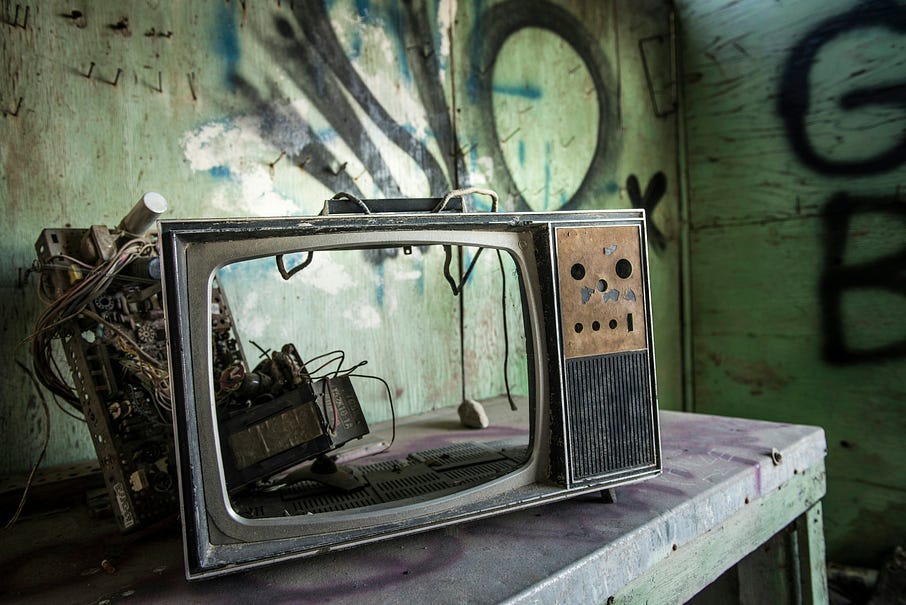
Oil production is now effectively nil in Europe, and falling rapidly in the US as shale oil fields, too, have peaked in the late 20's and are now in their rapid phase of depletion. Since imports are less and less of an option, desperate moves are now on the table (like invading Venezuela, or annexing Guatemala just to name a few). Although petroleum production starts to fall in BRICS countries, too, the loss of exports to Western nations — who no longer have the currency to pay for the black gold — compensates this effect. The sudden loss of demand comes, however, with a sudden collapse in oil prices. As a result, investments get cancelled and living standards start to fall in many of the oil exporting nations as well, affecting overall production figures rather negatively. Riots and rebellions break out around the Persian Gulf. The Chinese state, in response to this major threat to their oil supply, send a peace keeping mission into the region.
With all the embargoes, permanently broken supply chains, untrust, diesel fuel and fuel oil shortages, long distance transportation of goods in high quantities becomes increasingly limited. At the same time, and as deindustrialization continues, people in the (now former) OECD countries lose their jobs in masses, with quite a few trying their luck in Eurasian countries, where there is still some demand for highly skilled labor. Most, however, remain where they were born and become farm laborers, artisans and scavengers sifting through the remains of industrialized areas. Once proud nations of Europe and North America are now in the process of rapidly becoming third world countries.
In the absence of tax incomes or the means to collect them, central rule of the law dissolves in many nations (the case of Lebanon is an instructive one as to how that could look like). Crime rates soar, and as Dave Pollard writes, organized crime takes over the role of government in many areas. Birth rates in Europe descend below 1 (where 2.1 would be the replacement level), healthcare systems crumble and life expectancy falls to 65 years, or lower. Thanks to these demographic trends, the decline in native European population numbers accelerates considerably, even as climate change and security around the world worsens (especially if there is a large unrest in the Middle East). A new wave of refugees flood the old continent.
This is how the five stages of collapse unfolds, as Dmitry Orlov observed: first comes financial collapse (debts, stocks and bonds), then commercial (currency devaluation, loss of trade), followed by political (the fall of supranational then national governments), then social (the bonds holding societies together dissolving), and finally cultural. As long as there are some means of survival, though, new ways of organizing society will eventually emerge, something those fleeing failed states in the middle east can teach Europeans a lot about. The complete depopulation of the old continent is still some way off.
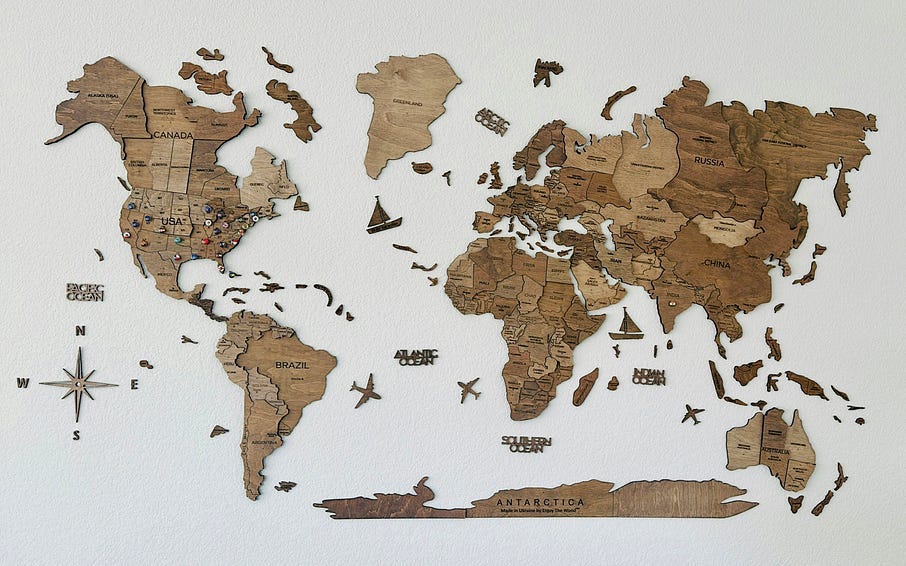
2040's
The pace of fall in world oil production accelerates to its highest, as both conventional and unconventional fields reach their steepest part of the depletion curve. The fall in global (net) energy production becomes so profound, that even previously energy rich countries have to take drastic measures to curb both exports and internal use. Another round of civil unrest and wars waged by customers on their former suppliers is now in the offing.
Material living standards fall globally. Electricity supply becomes spotty and intermittent everywhere. Solar panels and wind turbines, manufactured at the height of industrial civilization in the 2020’s, start to reach the end of their lifecycles and fail in droves, presenting the local population with a large amount of hazardous waste. Lacking adequate amounts of fossil fuels, their recycling (let alone replacement) has by now become impossible.
The same goes — to an even greater extent — to nuclear power plants. As global mining and manufacturing grinds to a screeching halt, to save diesel for agriculture, and as uranium resources deplete, more and more NPP-s remain without fuel to burn. Not that it was safe to operate such a site as part of a failing electric grid, but cooling still requires a stable power supply as well as the safety of backup diesel generators. While reactors themselves were already shut down some time ago, spent fuel ponds still must be refilled and cooled constantly for many years to come, even as electricity supply becomes meager and unpredictable. How this predicament can be “managed” is yet to be seen. Again, another huge uncertainty when it comes to the future of complex life on Earth…
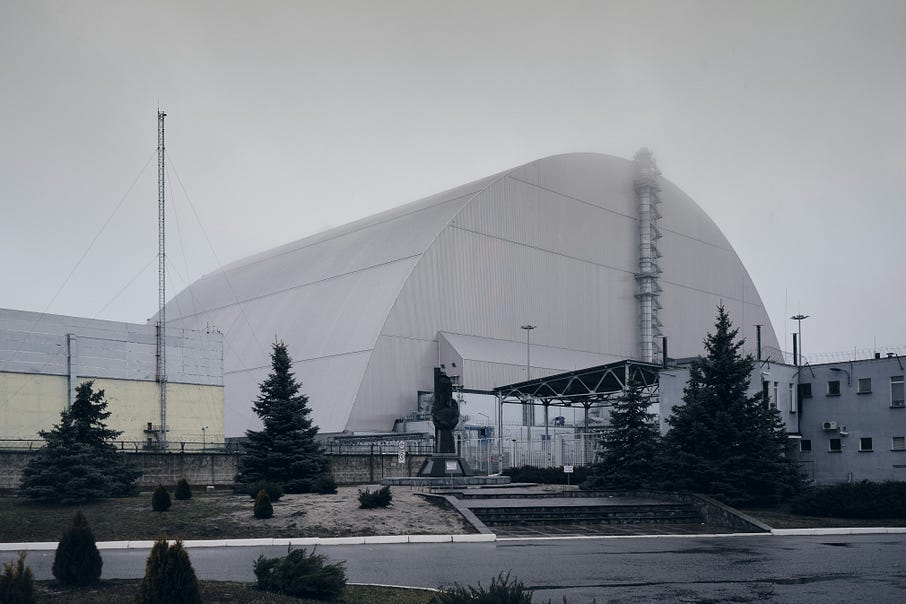
2050's
All high grade coal and metal ores are now gone. All mining activity requiring diesel fuel is now finished. Whatever remains of our dwindling oil supplies is now directed to agricultural use alone, forcing humanity to give up on industrial production of just about anything. Not one day to another, mind you, but as part of an already ongoing effort: forcing decision makers to choose between products without which their communities could survive… Sentencing the rest of the economy to depend entirely on salvaged raw materials and spare parts. All of which, of course, would now have to be obtained in the close vicinity of settlements, as long distance transport is now all but gone; apart from some caravans criss-crossing the wastelands left behind by industrial societies.
Lacking resources and energy industrial warfare becomes impossible. If we have survived to this point without using nukes, then we are most probably over the most dangerous part of human history. Old nuclear bombs and intercontinental ballistic missiles are now mostly duds: lacking proper maintenance and spare parts they’ve become mementos of the atomic age, rusting in their silos and becoming radioactive waste themselves.
As long as old machinery could be maintained and there is enough natural gas to power the pumps, producing petroleum continues. As the production of spare parts and necessary equipment ceases, though, including drill pipes and drill bits, the whole oil extraction industry collapses. Combined with the now also profound effects of droughts, wildfires, floods and heatwaves induced by climate change, starvation becomes a reality. Members of formerly highly organized societies join the ranks of the billions of refugees wandering around the planet in search for food and shelter. Some join bands of raiders while others try to settle in the far North completely overwhelming local communities. Global population numbers fall sharply.
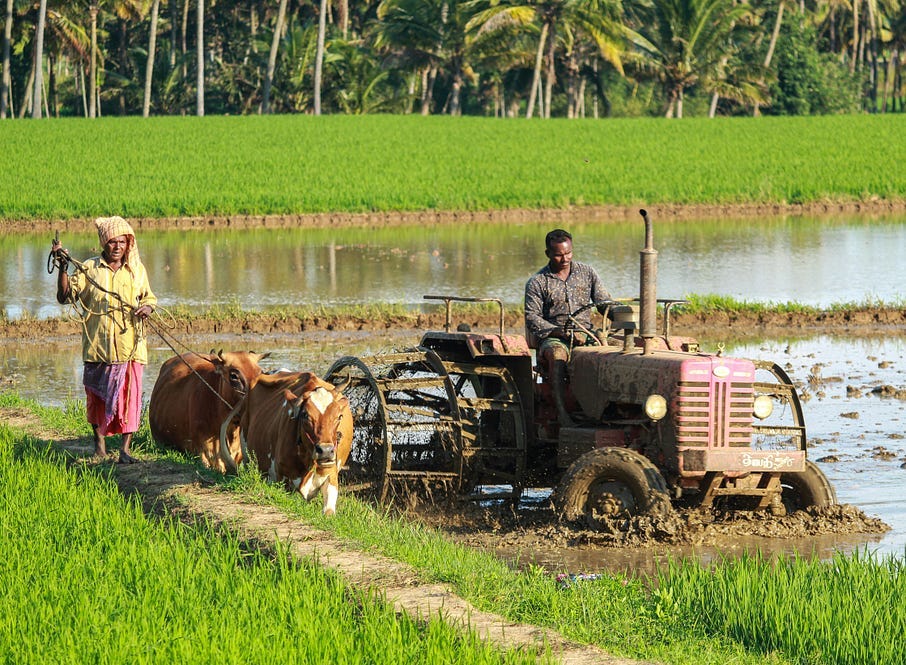
2050–2100
As global trade fades into distant memory, the amount of goods traversing the land has now been reduced to a mere trickle. Those societies who could not localize their economies — becoming more or less self-sufficient within a ~10 km radius — by now, perish. Lacking wood our sea-faring ancestors had, there is not much sea trade either. (All suitable trees were cut down to provide heat in the winter and fuel for cooking a long time ago.) All of our high tech gimmicks, including refrigeration, telecommunication networks, the electric grid etc. fall into ruins; providing plenty of raw materials for local blacksmiths and tinkerers to make ploughs and small hand tools from. The vast treasure trove of data stored on hard drives around the world is now either completely useless or lost. Books printed throughout the 20th and early 21st century disintegrate into dust, as the combined effect of air pollution and age destroys the paper on which they were printed. Literacy rates fall, and a new dark age sets in. World population dwindles below 1 billion.
2100
Presuming we don’t go extinct during the 21st century and destroy the entire ecosystem (and if persistent pollution, background and UV radiation levels, soil fertility, climate etc. allows), humanity once again tries to build new civilizations. Following the fall of industrial civilization, though, there will be no second chance to build a global high tech economy. All the easy to mine, smelt and use minerals and fossil fuels are now gone. As long as resources salvaged from the lost metropolises of a bygone age last, there will be metallurgy (powered by charcoal), but lacking a cheap and abundant energy source as oil, it will be impossible to restart modernity. On the other hand, and again, if pollution levels allow, there will be plenty of opportunities to build small cities connected by roads and to re-establish regional trade over time. These re-emerging city states, scattered around a narrow habitable belt between the North pole and the expanding deserts in the south, and separated by vast oceans, however, will barely know a thing about each other. The world, once more, will become huge.
2500
Thanks to the long term effects of climate change, the origins of which is by now long forgotten, sea levels have risen 15 meters (50 feet) inundating the abandoned ruins of former coastline cities, which are now crumbling into the salty waters below. People can no longer recall what industrial civilization looked like, how we called our artifacts or what uses we had for them. Our story lives on only in fairy tales involving giants, dragons spewing fire and lost cities whose buildings once shined like a thousand stars…
By now corrosion has slowly eaten away most of the metals locked up in ancient buildings and what remains is now overgrown with lush vegetation, lost to the sea or to the sand dunes of expanding deserts. As there is not much left to scavenge, folks return to a medieval Japan-style woodwork (requiring no nails) and clay and reed huts, using an odd and very expensive metal tool made of the iron found in river sediment here and there. As vast abandoned farmlands return to their natural state (grasslands and forests) a lot of carbon gets sequestered and the rise in global temperatures finally stops. A natural cycle, eventually returning Earth into another ice age several tens of thousands of years from now, resumes, and the climate begins to settle in a new normal. World population settles around a hundred million. Or less.
With or without humans, Earth’s biosphere will recover from a scorching encounter with human industrial civilization. Who knows? Perhaps fifty million years down the line, a bipedal creature will pick up a burning stick and start it all over again… Or not, and this pale blue and green orb continues its journey around the Sun without any “intelligent life” — as it did just fine for the past 4.5 billion years.
Until next time,
B
Note: the title of this post is a reference to Nuclear War: A Scenario, a 2024 nonfiction book by American journalist Annie Jacobsen. The subtitle refers to a historic event, sometime around the year 1100 BC, right at the end of the Bronze Age.
Thank you for reading The Honest Sorcerer. My special thanks goes to those who already support my work: without you this site could not exist. And while these essays will always be free, if you would like to see more in depth analysis of our predicament, please subscribe for free or consider an annual subscription. You can also leave a tip, as every donation helps, no matter how small. Thank you in advance!


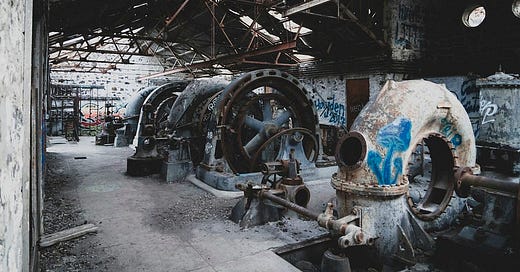



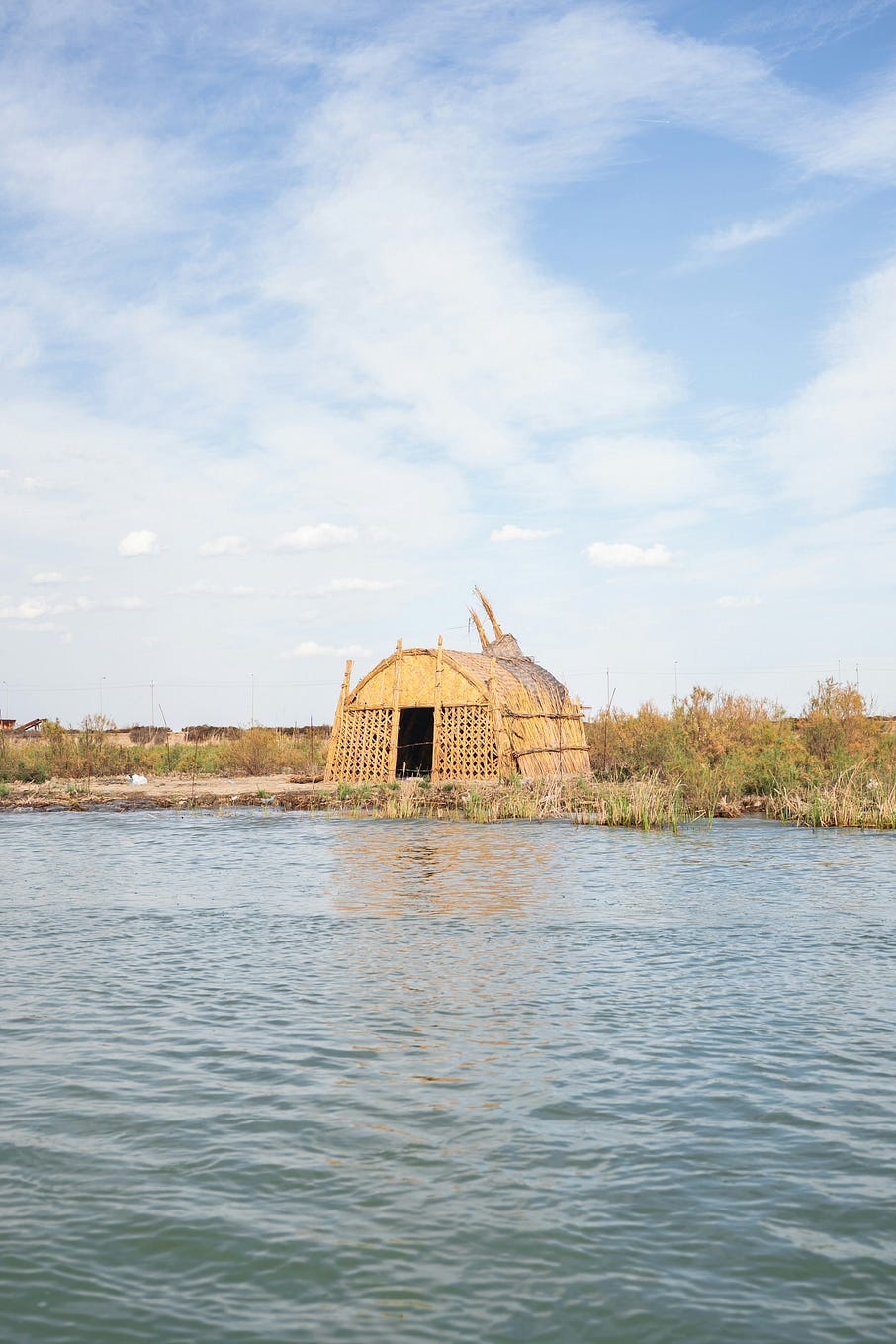

Always great to meet a fellow optimist! 😬
One or two points I'd add. We are used to the idea or EROEI (Energy Return On Energy Invested), which is quickly reaching parity, but there is also the wider issue of fossil fuels being 'invested' in solar and wind energy, and electric vehicles and charging capacity, all with a much lower energy density. The energy equation means the actual energy that will be available for public consumption will soon be critically short.
In a 'normal' economic market model, that would mean that energy prices would rise fast and drastically, but obviously governments would step in to control prices and avoid riots, at least for as long as they could.
But governments do have priorities, especially for fossil fuels. The military, for example, always get first dip, so in times of conflicts (like we seem on the brink of) then fossil fuels might increasingly be reserved for the military, then the corporations, then the farmers and food producers and distributors, and only finally the general public. That could happen very fast indeed and, at that point, the fossil based civilisation crashes to a halt.
Part of that scenario is that fossil fuel production will continue past the point of zero EROEI, so more energy will be used to extract fossil energy than is available for use. It works if, for example, you use solar and wind turbines to power oil and gas well extraction and processing, on the basis that the oil or gas is more important. Such as in jet fighters and tanks.
As for the timescale; I see so many scénarios leading to cascading collapses that my personal assumptions grow shorter by the month. If we get to 2030 without cascading collapses, particularly in the USA (the most vulnerable fossil-based economy, I think) I'll consider us very lucky.
Interesting times!
Like if you have small kids and fear what the heck of a world they will live in just 5 to 10 years time